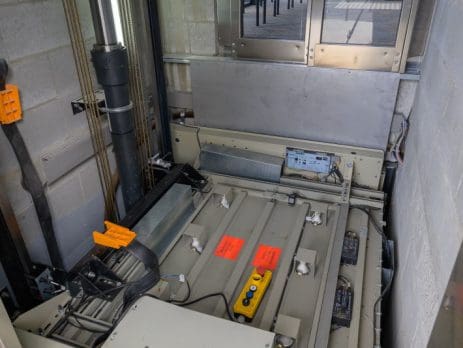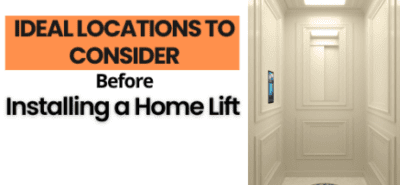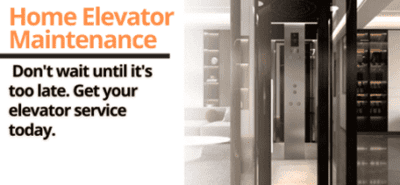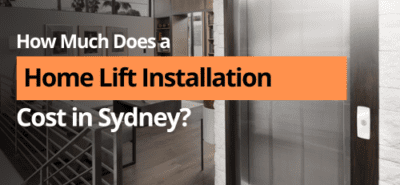Types and comparisons of home elevators
There are several major kinds of home elevators on the market, and it is dazzling. How to choose a suitable home elevator has become a problem that owners care about. Here is a simple popularization of several common household elevator products.
According to the type of power and related structures, it can be simply divided into the following four types:
1. Hydraulic drive home elevator
The early home elevators in Australia were basically hydraulic elevators.
Advantages of hydraulic elevators
- Hydraulic elevators have low requirements for civil structures, no machine room, only one load-bearing wall, and there are no strict requirements for the height of the top floor and the bottom pit.
- Hydraulic elevators will not run over speed, and the safety factor is relatively high, compared to traction lifts.
- The hydraulic elevator has only 2 guide rails because there is no counterweight device, so the space for the hoistway can be relatively small, saving space.
Disadvantages of hydraulic home elevators
- There would be a certain amount of motor noise
If the pump station is not isolated or located far away outdoors or in the basement, the sound of the motor and oil pump will be heard, causing noise pollution.
- Hydraulic oil leakage
After the service life of the cylinder seals expires, the hydraulic oil will leak into the well, which will be troublesome to maintain and pollute the environment.
- The speed regulation is adjusted by the oil volume and pressure, which is not as smooth as frequency control.
- Hydraulic oil is sensitive to ambient temperature.
In some cases, a radiator is required in summer. In winter, the oil temperature gets lower than the designated value. A thermostat is required, otherwise bad floor leveling would happen. In the long run, this is a significant expense.
2. Traction Home Elevator
The traction medium is wire rope or steel belt. The main working structure is similar to the gantry in a gym. One end is the car, the other end is the counterweight. A permanent magnet synchronous traction machine is used for traction work, normally located on top of the hoistway.
Advantages of traction villa home elevator
- Quiet and stable
The permanent magnet synchronous motor has no gear box. The speed of the motor is adjusted by frequency/ voltage conversion, which can call out a perfect running speed curve.
- Energy saving and environmental protection
The synchronous engine does not need to be regularly lubricated, so there is no possibility of oil leakage. The motor power is relatively small, only more than 1 kilowatt, which is very power-saving.
- Price economy
Since permanent magnet synchronous motors are the current trend of the industry, all major manufacturers lead the development and production of traction elevators, so the price is more affordable than hydraulic.
Disadvantages of Traction Home Elevator
- Higher requirements for civil construction strength, and strict requirements for the height of the top floor and the pit, which must be taken into account in the design.
- The traction elevator must have a counterweight device, so four tracks in total. Generally, 150 mm more than the hydraulic elevator.
- There are many brands of traction elevators, and the competition is fierce. While reducing costs, the choice of quality control and function becomes the key. Random selection might cause the safety factor to decrease and the failure rate to increase relatively.
3. Screw-driven Home Elevator
Also known as Platform Elevators, but with a hoist shaft. The electric motor is connected to the nut through a belt, and the nut meshes with the screw rod. When the motor drives, the nut moves up and down along the screw, thereby driving the platform up and down.
Advantages of screw type villa home elevator
- Save building space
It has the simplest structure and requirements. The reserved size of the upstand elevator only needs 800*900 mm to accommodate a screw-driven household elevator.
- Less civil engineering requirements
The screw type home elevator features a slow running speed. Because of this, it is relatively safe and there is no need for buffers, speed limiters and other devices.
- Easy installation and maintenance
The screw type home elevator has a simple structure, less failure, fewer wearing parts so less maintenance troubles.
Disadvantages of screw type home elevators
- Certain mechanical noise
Since the motor travels along with the platform, basic mechanical noise is an inevitable part of the installation.
- Slow running speed
Due to the limitation of the driven structure, the running speed is normally, 0.15-0.25 meters per second.
- Restricted elevation height
Due to the limitation of the screw rod, the lifting height of the elevator is restricted to a safe limit. It can be suitable for up to 10m or 3-storey private buildings.
4.Strong Forced Home Elevators
It can be understood as a traction elevator without counterweight.
Advantages of strong drive home elevator:
- Space utilization rate is high. Because no weight system is adopted, space efficiency is high, and the area of the car is greatly increased.
- Easy to install and maintain. Its structure is simple, and there are few wearing parts, and most of the accessories are commonly used in the market.
- Flexible layout. The main drive can be at the top shaft or at the bottom pit. The power unit can be a frequency converter or an ordinary motor with a gearbox.
Disadvantages of strong drive home elevator:
- Restricted lifting height
The lifting height of the forced elevator is limited by the length of the wire rope and the length of the drum.
- Higher power consumption
The traction elevator has a counterweight, which is used to balance the weight of part of the car and the goods, while the strong-forced elevator has no counterweight to balance the load, and the main engine needs to have more power to drive the car.
The above are 4 common types of home elevators. Owners can choose according to their own needs and actual conditions.
We will share more knowledge about home elevators, please follow us.




